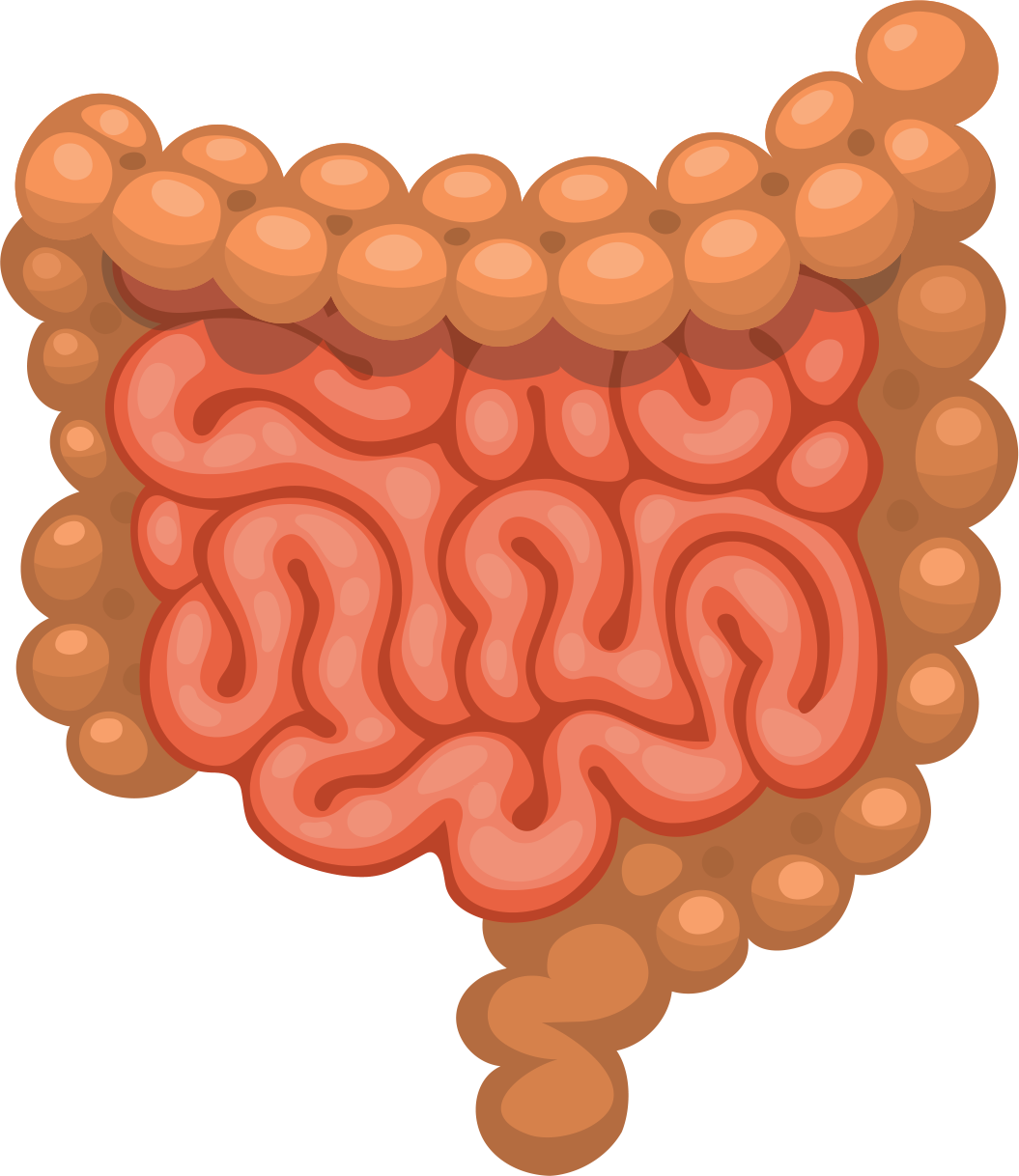specialty surgery for median arcuate ligament syndrome
personalized care.
robotic precision.
Precision robotic surgery offers a minimally invasive, high-accuracy solution for Median Arcuate Ligament Syndrome (MALS), relieving celiac artery compression and restoring blood flow with faster recovery and lasting symptom relief.
Summary
For details, continue scrolling
▾
-
Median arcuate ligament syndrome is a rare and difficult-to-diagnose disease that is often overlooked, and causes significant symptoms that can disrupt quality of life daily.
-
Severe upper as well as generalized abdominal pain soon after eating, which can lead to nausea, food fear, and even weight loss with associated malnutrition.
-
CT angiogram and abdominal ultrasound are the usual diagnostic tests for MALS.
-
The only durable treatment for MALS is a median arcuate release, which can be done robotically with experienced surgeons, even allowing for same-day discharge.
Median Arcuate Ligament Syndrome
Median Arcuate Ligament Syndrome (MALS) occurs when the median arcuate ligament, a fibrous band of the diaphragm, compresses the celiac artery and surrounding nerves. Another name for this problem is also "celiac artery compression syndrome.” This compression can reduce blood flow to the upper abdominal organs and irritate the celiac plexus, a network of nerves involved in digestive function. While the exact cause of MALS is not fully understood, it is believed to result from anatomical variations in the ligament’s position. Diagnosis typically involves advanced imaging studies and functional testing to assess blood flow and confirm compression. Surgical release of the ligament, often performed using robotic-assisted techniques, effectively relieves the compression and restores normal circulation, offering a definitive treatment for the condition.
Symptoms of Median Arcuate Ligament Syndrome (MALS) are primarily related to chronic compression of the celiac artery and irritation of the celiac plexus. Patients often experience postprandial (after eating) abdominal pain, which can lead to unintentional weight loss due to food avoidance. The pain is typically dull, aching, or cramping and located in the upper abdomen, sometimes radiating to the back. Other symptoms may include nausea, vomiting, bloating, and early satiety (feeling full quickly). Because these symptoms overlap with other digestive disorders, MALS is often misdiagnosed, leading to delays in treatment. Proper evaluation, including imaging and functional testing, is essential for accurate diagnosis and effective treatment.
Diagnosing Median Arcuate Ligament Syndrome (MALS) requires a combination of clinical evaluation, imaging, and functional testing to confirm celiac artery compression and rule out other conditions. Doppler ultrasound, CT angiography (CTA), or MR angiography (MRA) can visualize the narrowing of the celiac artery, often showing a characteristic “hooked” appearance due to compression. Dynamic imaging is important, as the severity of compression can change with breathing and body position. Further evaluation with celiac plexus block can help determine if nerve irritation contributes to symptoms. Since MALS is a diagnosis of exclusion, careful assessment is necessary to differentiate it from other gastrointestinal or vascular disorders before considering surgical treatment.
Robotic Mals surgery
Robotic-assisted surgery for Median Arcuate Ligament Syndrome (MALS) offers a minimally invasive, highly precise approach to relieving celiac artery compression. Using advanced robotic technology, the median arcuate ligament is carefully dissected and released, restoring normal blood flow while minimizing trauma to surrounding tissues. The robotic platform provides enhanced visualization, greater dexterity, and precise control allowing for improved outcomes. Compared to open surgery, robotic MALS surgery results in smaller incisions, less postoperative pain, faster recovery, and a lower risk of complications. For patients struggling with persistent symptoms, Dr. Le is the best surgeon in Northern Colorado for median arcuate ligament release.
Before Surgery
You will be seen by Dr. Le in the clinic for a comprehensive history and physical, and to discuss your symptoms specific to your problem.
Testing with ultrasound, CT, and possible MRI will be performed. Additionally, for celiac nerve block may be done by a radiologist to help confirm the diagnosis.
Follow up visit or telehealth visit to discuss results of testing if needed.
Smoking cessation for 2 weeks before and 2 weeks after surgery to lower anesthetic risks.
Prepare for surgery.
After Surgery
Most of the time, you will be able to be discharged the same day of surgery, but occasionally admissions overnight may be needed.
No heavy lifting more then 30 lbs for 2 weeks.
You will be permitted to shower 24 hours after your surgery, patting dry the areas of your incisions.
A slow reintroduction of foods, starting with liquids, and increasing to a regular diet that you feel works for you.
You will be scheduled for at least one followup visit about 1 week after your operation.
additional services we offer
STOMACH PROBLEMS
Trusted expertise in a vast range of surgical and functional stomach problems that can often present with vague symptoms, finally getting you answers.
HERNIAS
Innovative approaches to all types of abdominal and groin hernias, decreasing pain and allowing faster return to everyday activities.
SMALL BOWEL DISEASES
Leading-edge surgical techniques in a wide array of common and uncommon small bowel diseases, supporting you in your treatment journey.
REFLUX & HEARTBURN
Tailored surgical treatments specific to each patient, with the ultimate goal of eliminating heartburn and getting you off of your acid-blocking medications.
COLON DISEASES
Progressive, patient-centered operations and treatments, from hemorrhoids to colon cancer, decreasing your time in the hospital so you can get home faster.
GENERAL SURGERY
Lumps and bumps, lacerations, cysts, and many other problems can be treated by general surgeons.
SMAS
Superior mesenteric artery syndrome requires expert diagnosis and treatment. Dr. Le has developed a new surgical treatment with excellent results.
GALLBLADDER DISEASES
Cutting edge techniques to remove the gallbladder through “hidden incisions,” as well as single-anesthesia operations to remove stones stuck in the biliary tubes.














